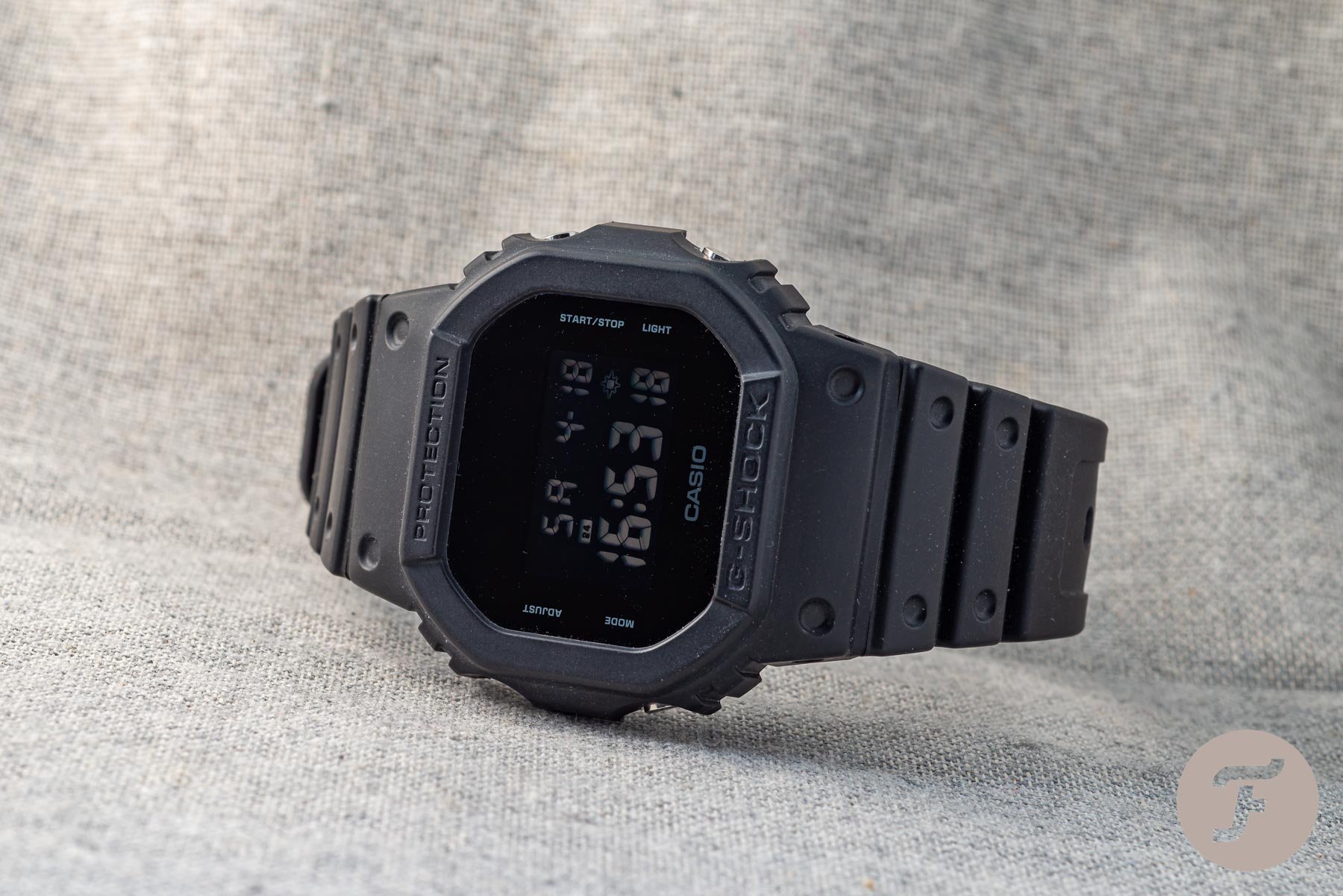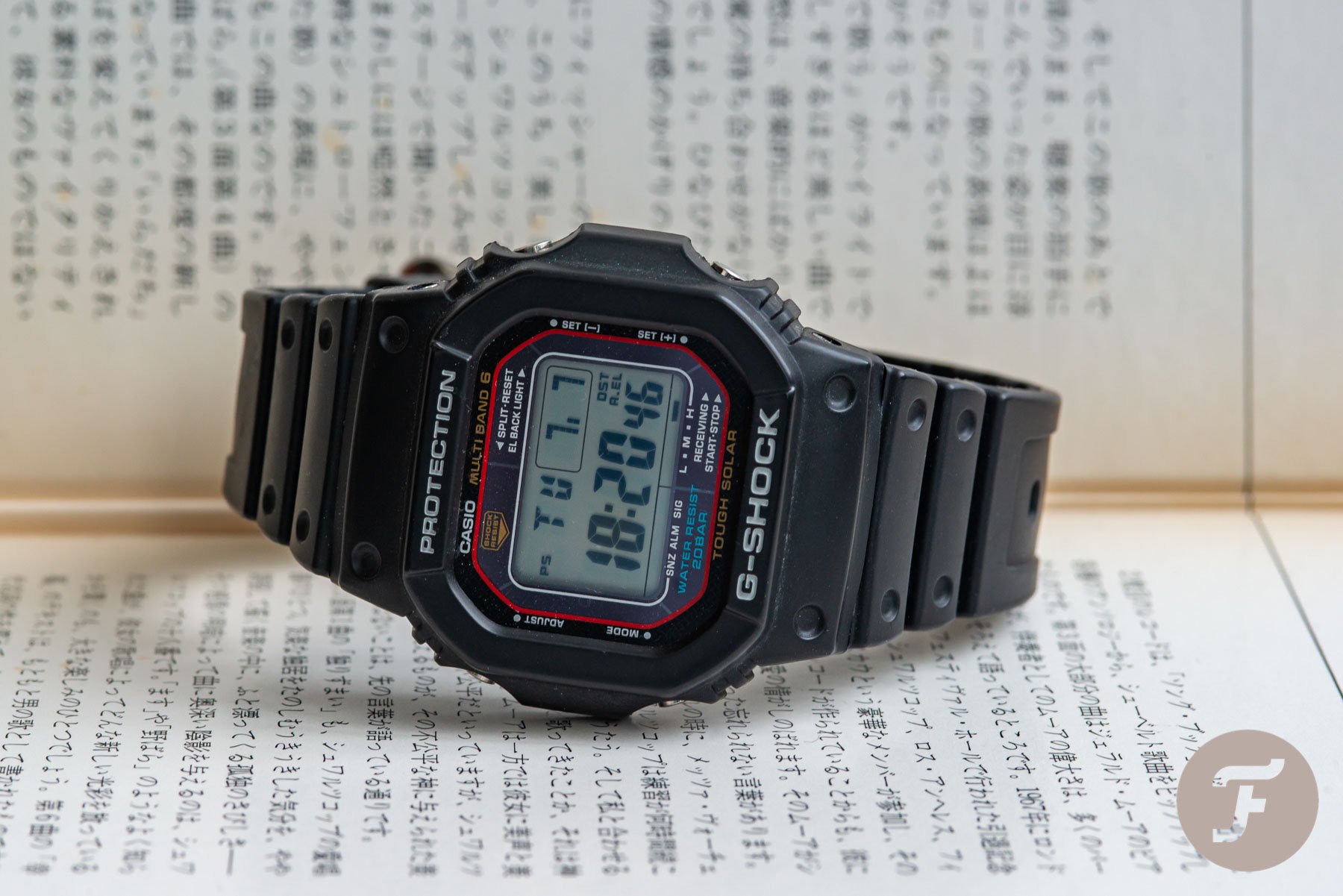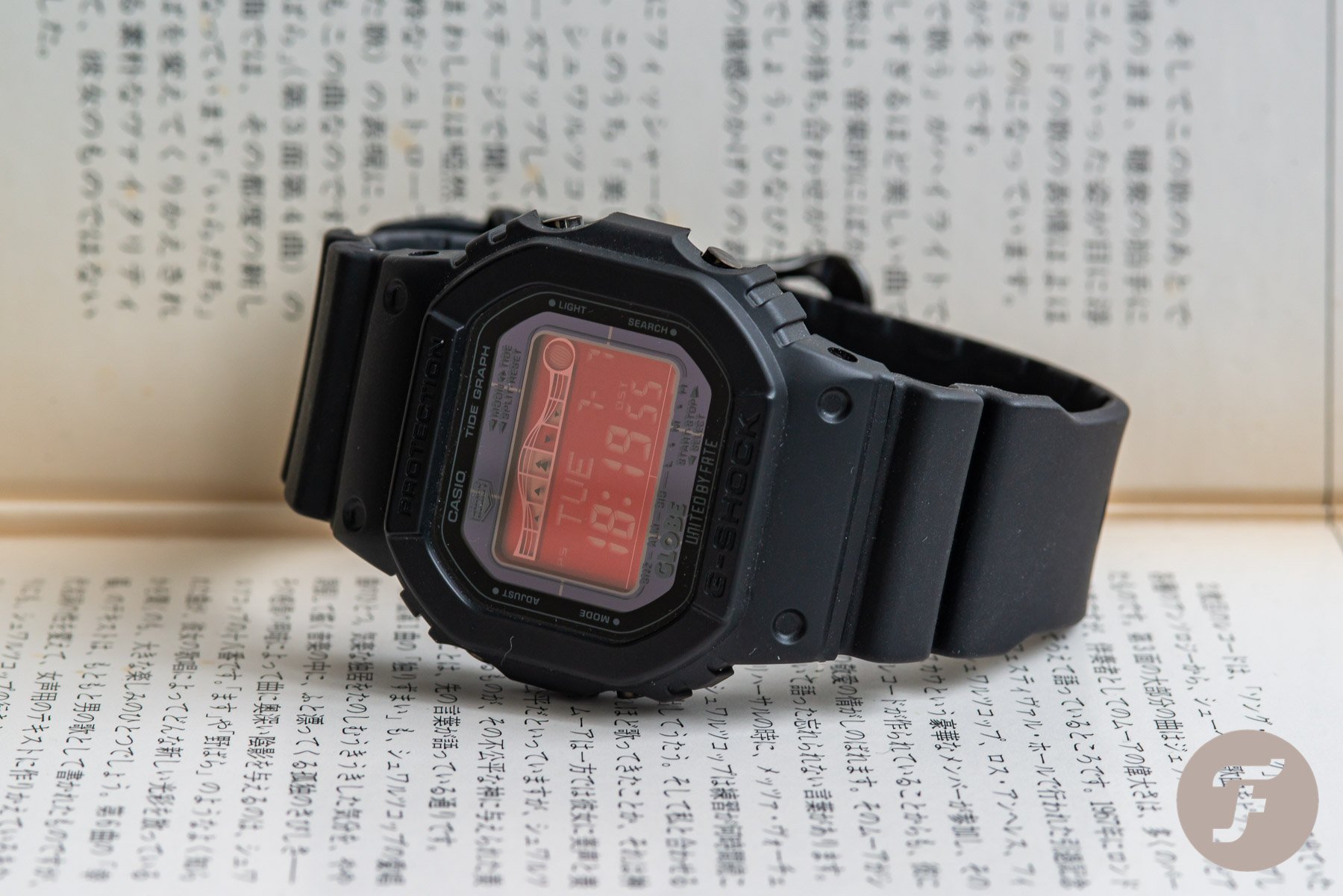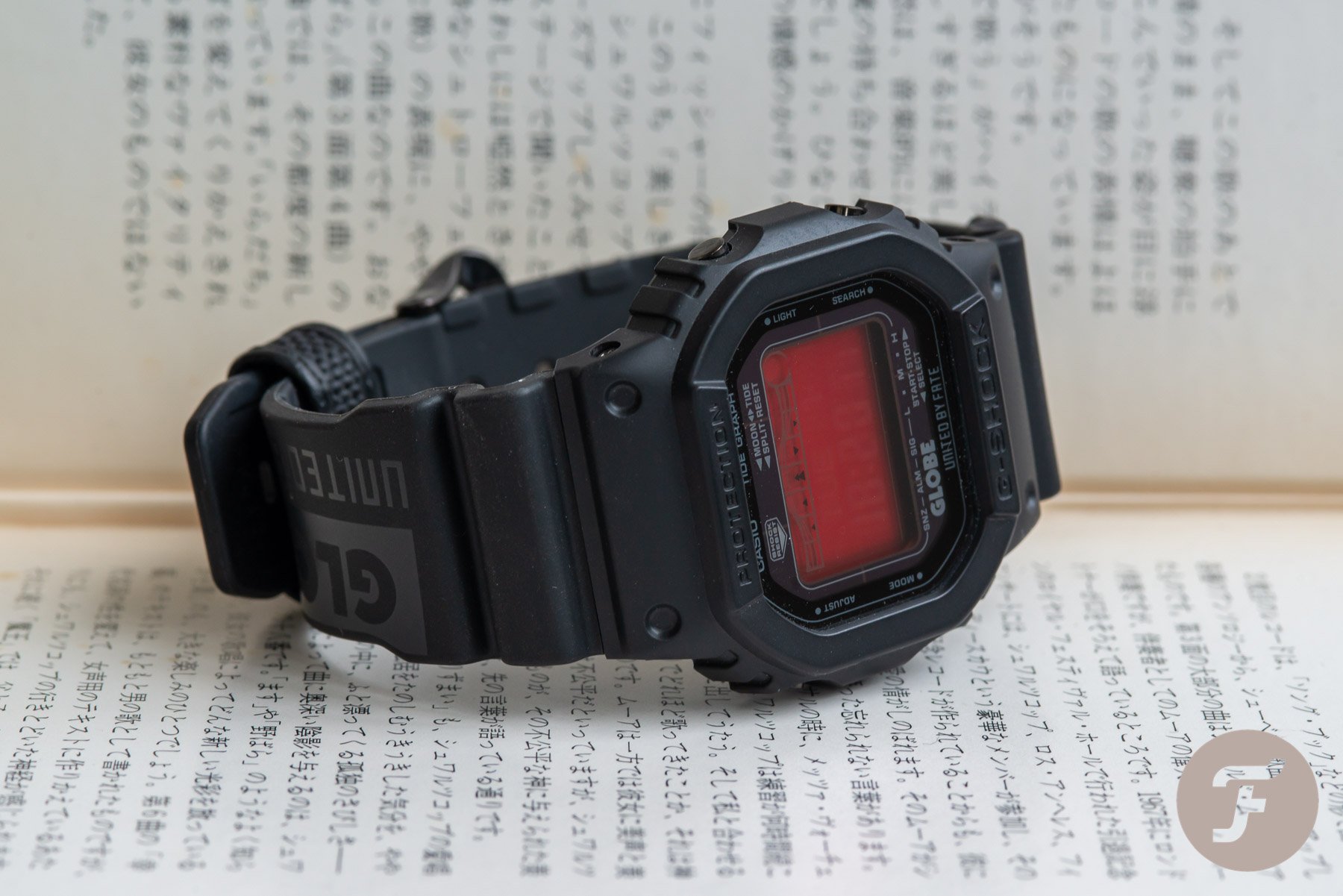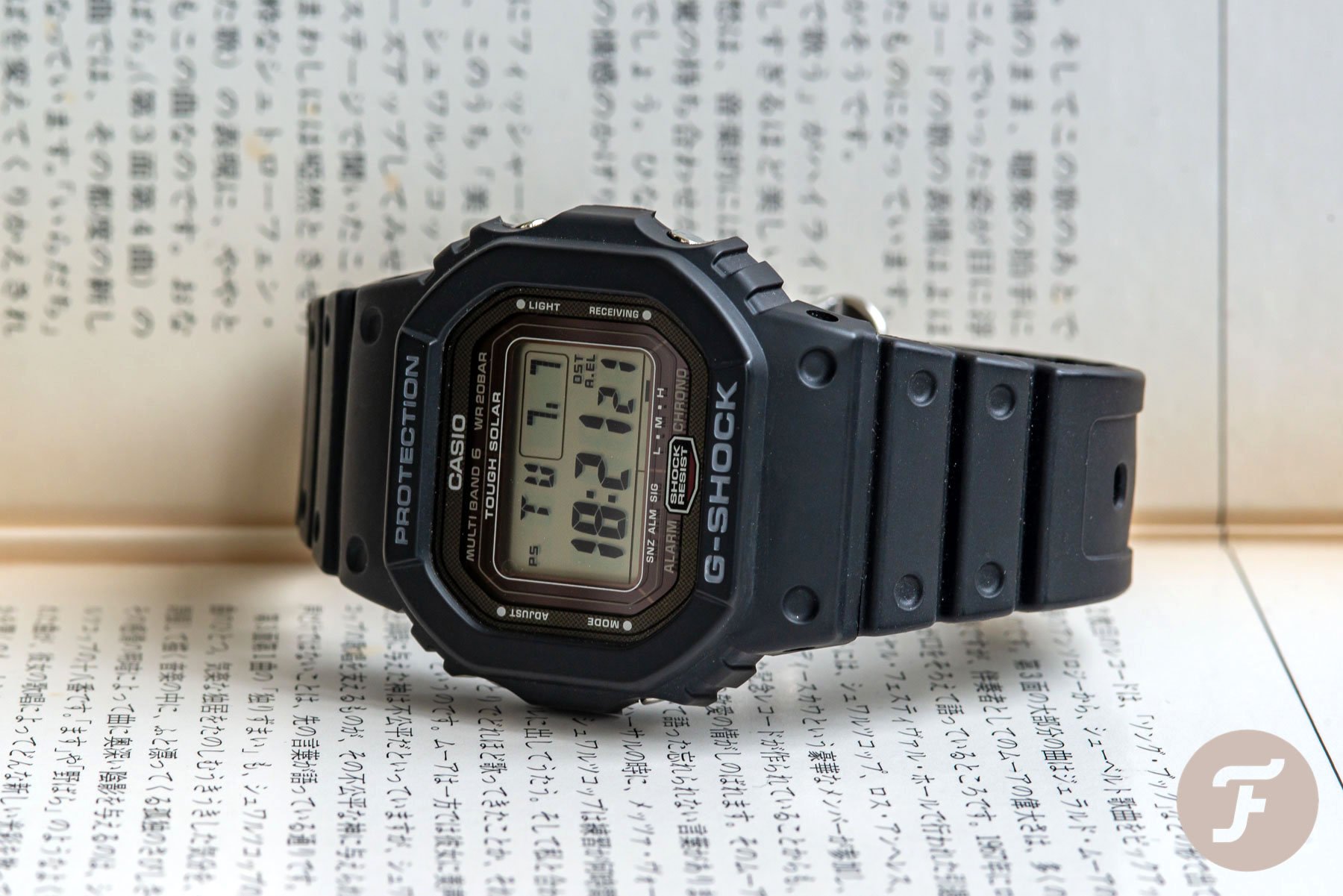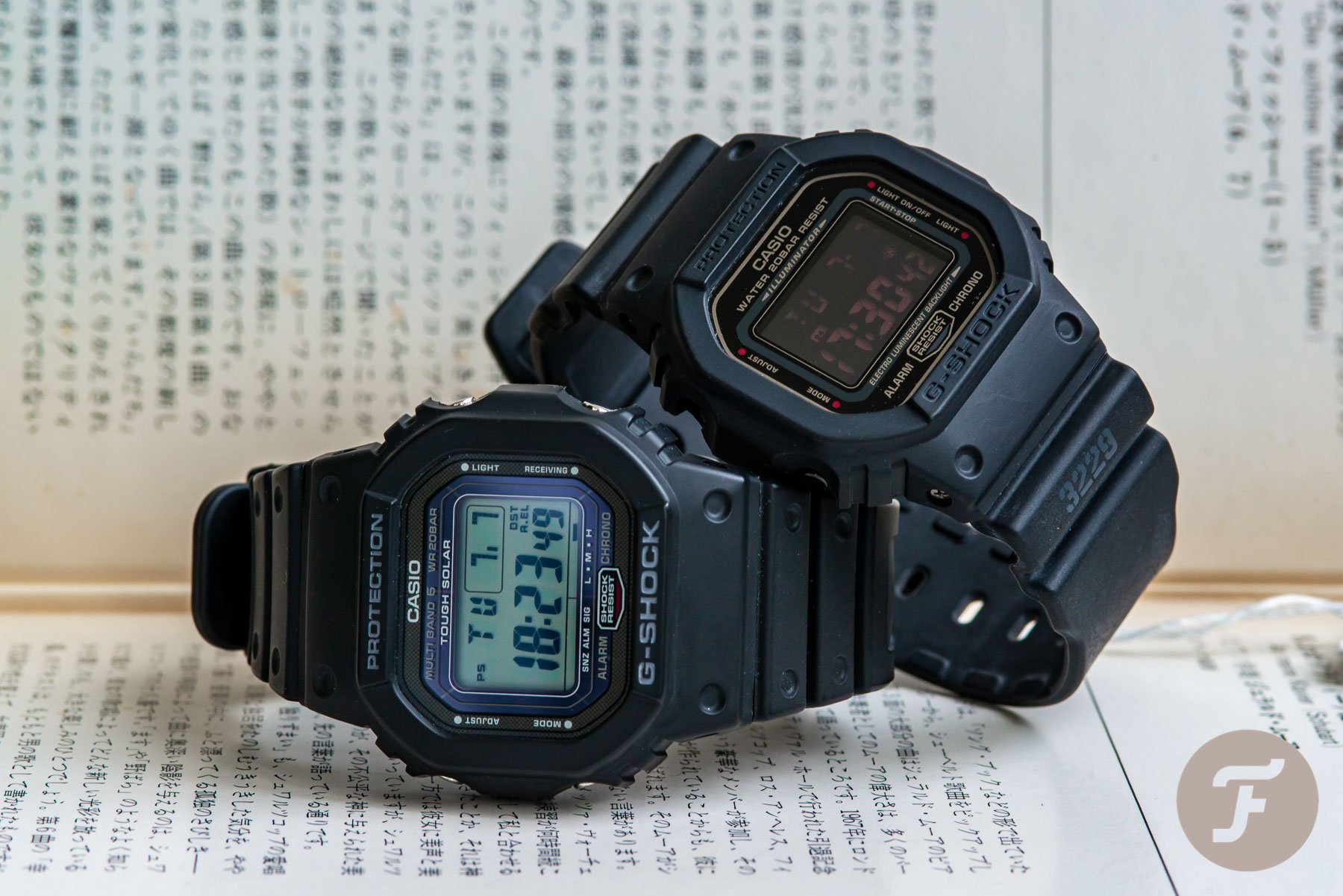Casio G-Shock Negative Vs. Positive Displays
Ever since Mr. Kikuo Ibe designed a watch according to his Triple-10 concept, Casio G-Shock watches have been immensely popular. While younger generations prefer colorful and cool designs, more conservative people and watch collectors tend to hold on to the original Square concept of the eighties.
On Fratello, that popularity is expressed in the high-traffic numbers for articles like the G-Shock Square For Starters. Not only that, our industry colleagues clearly feel the same about these watches as we do. Like, for instance, Revolution, Hodinkee, and Kristian Haagen, who even sell them in their shops. So many people love them. From watch aficionados all the way to world leaders. On all levels, Casio G-Shocks are respected.
Although G-Shocks are popular with a broad audience, there’s something that sets its followers apart. Besides two significant shape designs — square and rounded — there’s something else, and that’s the type of digital display.
Negative or positive
That’s the question. Admittedly, a totally blacked-out G-Shock Square with a negative display can be extraordinarily cool. But is it equally functional? In my opinion, it isn’t. But that’s just me. For you, it will be determined by your idea of functionality. There’s nothing wrong with wearing a watch for coolness, but when it comes to my own wrist, it’s important that I’m able to read the time in a glance as well. And even that will differ from person to person. My eyesight might be poorer than someone else’s who might be able to read the negative display with fewer problems.
Above pictured is the highly popular GW-M5610-1 with its positive display. A model, design-wise, very close to the original Casio G-Shock DW-5000C made in 1983. Radio-controlled, solar-powered, and yours for approximately $100.
Different types of reverse displays
Then there are different types of negative, or reverse, displays. The modern negative display is much more readable than the older LCD ones. For today’s voting, I’d like to stick to the older LCD-types. These LCD-types you’ll find in different executions, which mainly means different background colors. And, like with the total blacked-out version as pictured further above, these colors often match the style of the watch. Again, style seems more important than functionality, but there’s nothing wrong with that.
As an example of a negative display with a different color, I’d like to mention the G-Shock Square Globe Special Edition pictured above. An attractive watch with interesting functions. Besides the regular time and date functions, the 3223 module shows tide and moon graphs of 100 preset beach locations as well. All that plus solar-power makes the GRX-5600GE an attractive and sought-after — sold-out — limited edition watch. But, as you can see, its reverse display is, under certain angles, almost impossible to read.
G-Shock GW-5000-1
How different that is with the G-Shock Square flagship, GW-5000-1. Construction-wise, it’s the most faithful to the original DW-5000C Square. As a JDM (Japan Domestic Model) aimed at the Japanese market, the GW-5000-1 is produced exclusively in Japan as well. It has a better overall finish than a regular 5600 model and uses a softer and more comfortable urethane band. The down-side of it is that it’ll set you back some $300. But this is as crisp a display as you can ask for.
Now it’s your turn
What do you prefer, a negative or positive display? Are gadget functions and coolness more critical than readability? The picture above clearly shows the difference once again. For your reference, the G-Shock on top with the negative display is reference DW-5600MS-1. A model equipped with a light-on-dark digital display to match the overall “Military Spec” color theme. Even the watch’s buttons are ion plated to a black finish.
You can make your vote known below, and we would be delighted to read your opinions in the comments. If you like, you’ll find more of my watches on my Instagram channel @gerardnijenbrinks.


